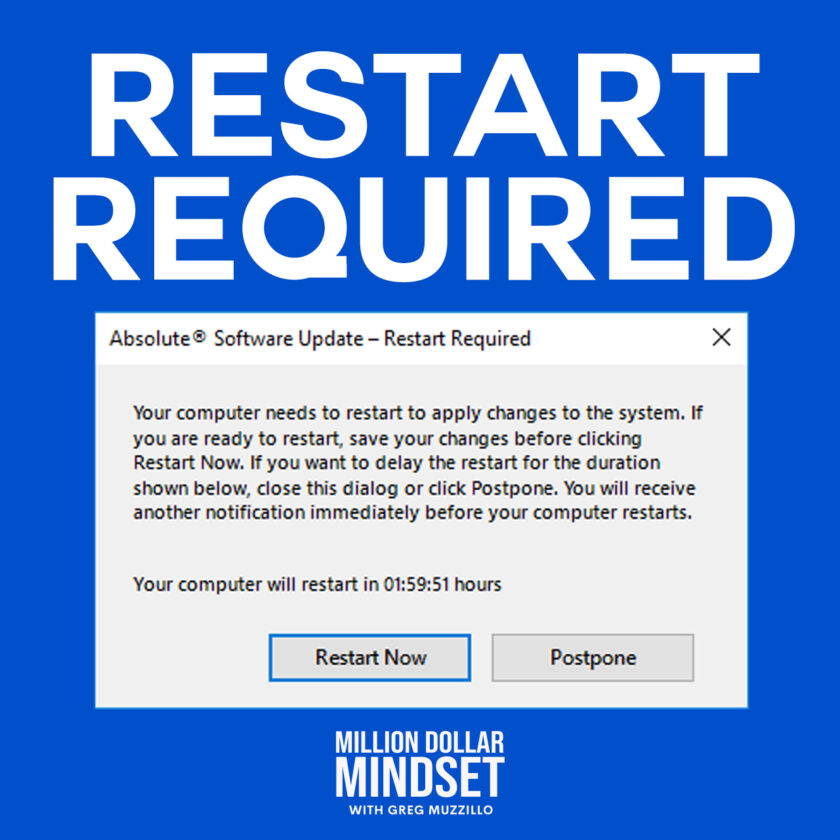Competitive research is important, but it can be hard to find time to do it. Trusting someone else to summarize for you can leave important holes in your understanding of competitors’ strategies and processes. I want to make sure I’m clear about who I am and where I fit into the marketplace, as well as see if there are new approaches to satisfying client needs. Since I don’t have an inside source in my competitors’ marketing departments, I have three suggestions on where you can look to become more informed.
Read Their Online Reviews
Third-party platforms and the review section of a company’s website often are where your competition’s customers go to talk. You should be there to listen. There is an enormous amount of information to gather from the feedback that their users give them. You can read into the answers and deduce:
- Strengths and weaknesses
- Their brand voices in their ways they interact with their customers
- The elements that cause customers to be loyal fans
In addition, more and more people are flocking to social media to talk about their experiences. Don’t forget to look there as well, in addition to the traditional review curating services.
Look at The Type of Jobs They’re Hiring For
You can glean a host of information by checking which jobs your competitors currently are trying to fill. In some cases, this is an interesting way in which you can start to predict their future direction and strategies.
- Are they hiring a programmer? They typically detail the specific technology skills required. You might be able to get an idea of new products that are in the works.
- Do you see marketing-related job descriptions? Expect an increase in branding and promotional pushes.
- Are they hiring human resources staff? That could be indicative that they are preparing to expand.
Not only can this information help you as you grow your business, but it can also help as you build your promotional strategy. Knowing how your competition is organized and structured can help reveal inconsistencies and areas in which your company struggles. If you’re stalking LinkedIn and notice that a company doesn’t have a social media manager, it could indicate that they aren’t always fully tuned into their social channels, and therefore lack engagement there, giving you a prime chance to get in front of their customers.
Now, remember that when you’re making these assumptions, they are just that—assumptions. Don’t rely too heavily on your inferences until you see indications that they are correct.
Think Reagan: Trust, but verify.
Study Their ‘About Us’ Pages
Wouldn’t you like to get a glimpse into what makes your competition tick? Studying your competition’s “about us” page gives you a chance to see how they view themselves. A company’s “about us” page is where it gets to talk about the people behind the company. Casting its vision and business philosophy, it’s trying to connect on a human to human level. The “about us” page tells you why the company is in business.
- Why do they say they are here?
- What do they say they do?
- How do they say they do it?
- What do they believe makes them unique?
- What types of customers do they appear to be targeting?
The “about us” page tells you the reason they are in business, and can help you tailor your business mission statement, core values and key offerings to meet the needs of their customers. Once you have identified what sets you apart, all you have to do is prove to audiences through marketing that you can meet their needs better than your competitors do.
Process, Personalize, Plan, and Act
Remember, collecting the information and analyzing it is only the first step. It does not do any good if you don’t implement what you’ve learned and tailor it to your company’s unique voice. Don’t just sit down and copy their messaging. You’re never going to be able to tell their story better than they can. Take the pain points, the success, the struggles, the methods and the journey that you find, and identify how it fits in with your brand’s business strategy.



